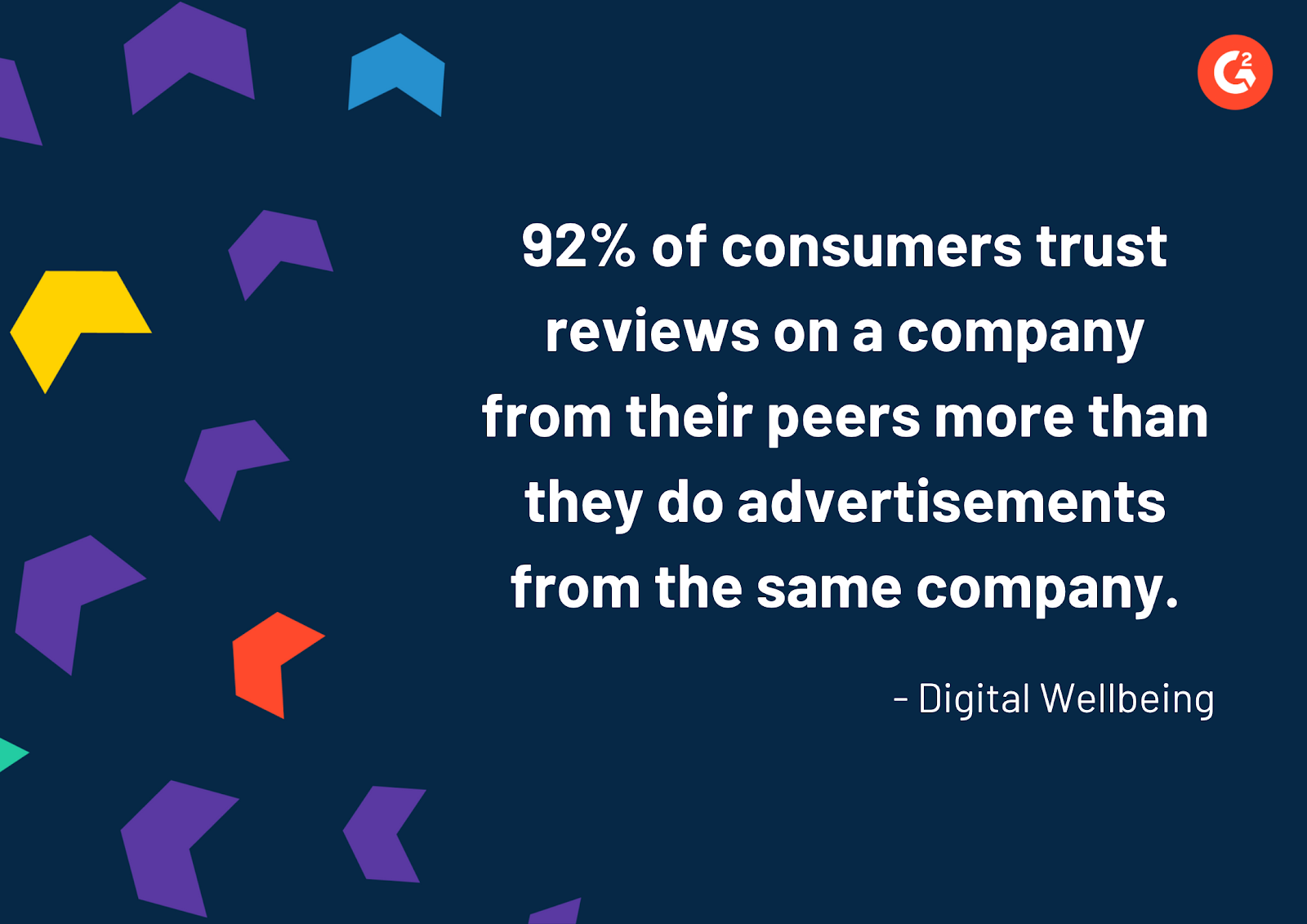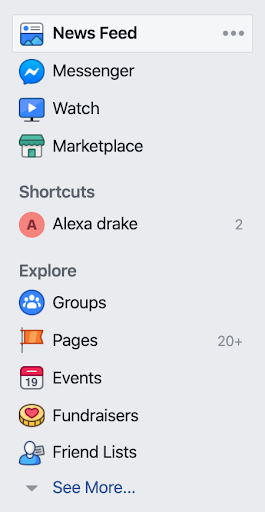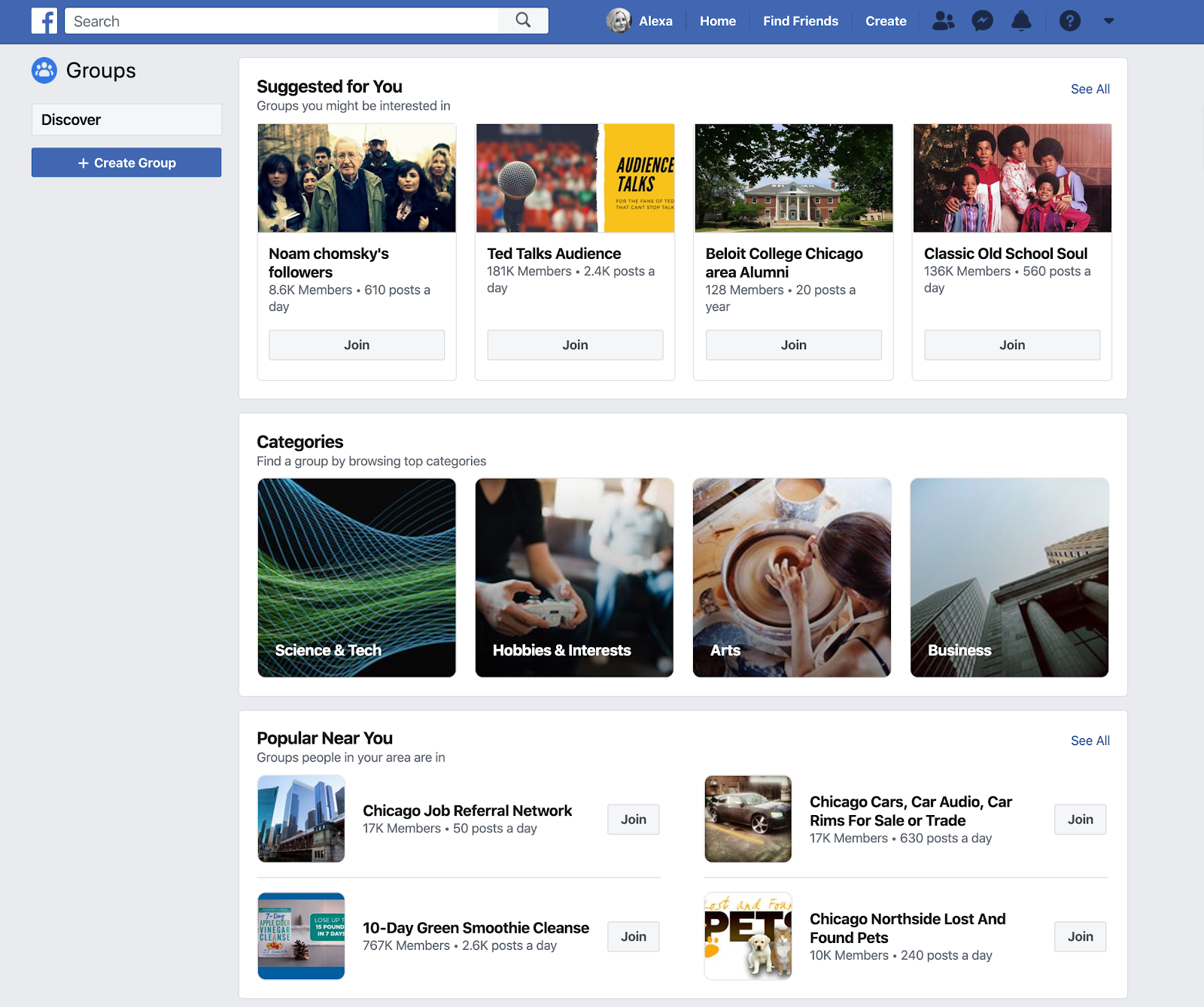Originally published on inSided.com on January 14, 2020.
In this guest post from G2 they highlight why brand communities should be central to your business strategy and offer-up the 3 best ways to build a thriving brand community.
If you work in marketing, or advertising, or any department in a SaaS organization for that matter, you’ll know that growth is the most important goal on any given day. Whether that be growth in sales or growth in monthly newsletter subscribers, the more people that know of your brand’s existence, the better potential you have to grow in the market.
If you’ve ever wondered how businesses skyrocket to success so quickly, you’re not alone. Sure, great marketing and eye-catching advertising can help get the brand out there but one of the most powerful secret ingredients to a brand’s launch to fame is a thriving brand community.
What is a brand community?
A brand community is a group of people formed because of their attachment and loyalty to a product or brand.
Finding a way to stand out from the competition feels almost impossible in today’s ruthless marketplace. The barrier to entry into so many industries is the lowest it’s ever been and there aren’t many products or services that can’t be replaced. This is why building a community and using word of mouth marketing is crucial to your success.
Why is a brand community so important?
Behind every successful brand is a loyal community of brand ambassadors. Think of a “household” brand and ask yourself if they have a cult following.
Take Starbucks for example. You’ve probably met people who will exclusively drink Starbucks coffee, will only use the app to pay and collect stars, and rarely drink other coffee brands. Alternatively, in the B2B SaaS world, companies like Hubspot or Slack, for example, have strong customer loyalty. Their dedicated customers seem to make a brand part of their identity and take pride in being so loyal.
When you cultivate a community around your brand, you’ll have your customer’s support for the long-haul instead of just a one-time transactional exchange. If they’re passionate about the values your brand holds high, the quality of the product, and how they feel when they use it, they connect with your brand on a level much deeper than the typical consumer.
This group of loyal customers can help boost sales as well. Once they have a space to cherish your brand, they will talk about your product or service and spread the word to their friends and family and may even go as far as answering questions other customers may have. This can be on online communities, Facebook groups, forums, on LinkedIn, or even in-person.
Did you know that 92 percent of consumers trust reviews on a company from their peers more than they do advertisements from the same company? Not only that, peer-to-peer (P2P) support is a great way to reduce pressure on your Customer Support team and make sure customers can easily find answers to their questions quickly. If your brand is on the rise, putting the time and effort into building a brand community can make your customers feel more connected to you and, in turn, boost your sales.

Anyone can recreate a product currently on the market, but no one can emulate the unique relationship a brand develops with its audience or how passionate that community is.
How to build a brand community
In the past, advertising was the main way new brands made a name for themselves in the industry. It made sense. The brands that put out the most ads got the most attention, and with this attention came customers. Nowadays, things have changed.
Today’s most successful companies are focusing on creating a community around their brand rather than putting all of their energy into advertising. These brands understand that communicating with your customers is not just a one-way street. The new way to build your brand is to allow your users to build it with you.
More and more, customers will make the decision to buy your product based on if they agree with your values. They use their money as a sign of approval and can sometimes use your brand as an extension of themselves. Take for example Apple. Most Apple users are die-hard supporters and will stand outside in a long line just to buy their newest product. This is all because they truly love and connect with Apple as a brand.
If your business just launched and you’re looking for some extra momentum, finding effective ways to build your own brand community is a great place to start. Make sure you stay organized throughout the phases of launch via your project management software. Staying aware of what is done and what still needs to be completed can keep all team members on track and allow you to reflect on what went well and what didn’t. If you are specifically looking to start an online B2B community, these 10 steps will make sure that you hit the ground running.
Can’t decide which community platform to opt for in the first place? Check out this community platform comparison guide to help you make the right choice for your organization and your customers.
Here are 3 key things to bear in mind when it comes to starting your own brand community:
1. Define your brand values
Before you begin building a community around your brand, you should know what your brand stands for. Ask yourself if you have a mission statement and a set of values. Have you done research on who your target audience is? Who will be a part of your community? How will you engage them and keep communication flowing?
Before you take the time to build your brand community, your team should sit down and lay out your brand’s purpose, what it can offer to the customer, and how it will engage them. These questions should be answered before any further community building.
2. Assess where your customers live online
You may not even realize that your brand has a community already. You could send out a company newsletter through your marketing automation tool, offer a brand membership, or maybe your product is subscription-based. That’s a community right there! It’s possible that you’re not even aware of the Facebook group that has been buzzing with activity for months. The key takeaway is that you should be constantly keeping track of where your customers live online and how you can best connect with them.
New community members will decide whether or not they want to continue supporting your brand based on how you treat them. For every new business, customer retention can make or break your success. According to research, increasing customer retention rates by just 5% can increase profits by 25% – 95%.
Customer success software is used by businesses to ensure customers achieve the outcome they are after. This software analyzes past behavior to create a “health score” to predict future satisfaction of a customer, allowing companies to systematically grow an established customer base, identify any red flags, and increase customer retention rates.
To keep a long story short, knowing where your customer is online and nurturing that community is the key to getting customers to stick around.
3. Find the right way to connect with your community
Building a strong brand community is all about finding the right platform for your customers to talk about your product/service and present their ideas. This is also the place where you’ll ask for honest feedback so you can keep improving your brand.
Now that you have a good sense of the websites your customers frequent, it’s time to select the platform that makes the most sense. Customers can be anywhere but to start, here are a few ideas of where you can start your community:
Facebook groups
Facebook groups are a great place to connect with your dedicated customers. Before you jump in and create a group as a brand, monitoring any existing groups can be beneficial in the long run. By looking to see what your customers care about before you create an “official” group, you can get ideas straight from the customers on the areas you should focus on. When you start your brand Facebook group, you can update them on progress and create a rapport between brand and customer. This will show them that you encourage feedback and take the time to listen to them.
Finding Facebook groups is easy. Simply click on the Groups tab on the left sidebar.

From here, you’ll be taken to the Groups homepage where you can search and find hundreds of individual Facebook communities.

An alternative to monitoring existing Facebook groups that are enthusiastic about your brand is to create one yourself. This can be more effective for smaller brands or brands that have recently launched.
A Facebook group is a great place to provide extra value to your customers. As discussed above, you can use the space to take a deep dive into subjects or as a safe place to test new ideas. It can also be the best place for customers to contact you and let you know how they’re feeling or how you can improve.
Creating a group is one of the best ways to strengthen the bond between you and your loyal customers. If you show that you care about them and take their ideas into account, your brand community will flourish.
LinkedIn groups
Similar to Facebook groups are LinkedIn groups. To find existing LinkedIn groups, you need to click on the Groups tab on the left sidebar (just like Facebook).
LinkedIn has a more professional attitude and will usually attract professionals to gather and talk about the industry they are in. Because of this, it may be a better idea to search for a keyword that relates to your brand rather than your brand name (considering you may already have an official LinkedIn company page). For example, if you sell software, you can search for the type of software in Groups and find the people who are interested in it.
If you do decide to create a LinkedIn group for your most devoted customers, make sure you’re not pushing a product on them. They already know you offer it and extra promotion (especially when it seems forced) will only detract them.
Forums and Reddit
Self-promotion is almost never tasteful. This is the case when it comes to forums like Reddit. Staying up to date with forum threads gives you insight into how your customers really feel. You can understand your customers’ concerns and valid complaints all while staying incognito. Simple monitoring and note-taking are all you’ll need to do. If you do decide to post anything, a great way to connect with the people who care about your brand is to answer any questions they may have.
An online community platform
Unlike social media, online community platforms allow for a secure place for you and your customers to interact with one another. They also allow for a seamless brand experience, further amplifying customer loyalty and harnessing a sense of trust among your users.
By enabling a safe environment for users to ask questions and quickly find answers and advice they can trust, companies also see a huge reduction in support tickets.
Importantly, the content produced on online communities, be it user-generated or company-created, is owned media. In other words, it’s yours, as opposed to being owned by a social network. This not only means your content isn’t at the mercy of social network algorithms, it’s also brilliant for Google search and helps boost traffic to your brand. What’s not to love? For more information on how online communities build brand loyalty and drive customer retention check out this eBook on the Business Value of User Communities.
All together now
As you build a community around your brand, remember that it’s more about them than you. The more your users trust you, the better the bond will be. After all, what could be better proof that your brand is something worth checking out than a group of loyal fans who speak highly of your company to their family and friends without a prompt?
Learn More
Looking create a single destination for your customers to connect, share best practices, provide feedback, and build a stronger relationship with your product? Schedule a demo to learn more.

